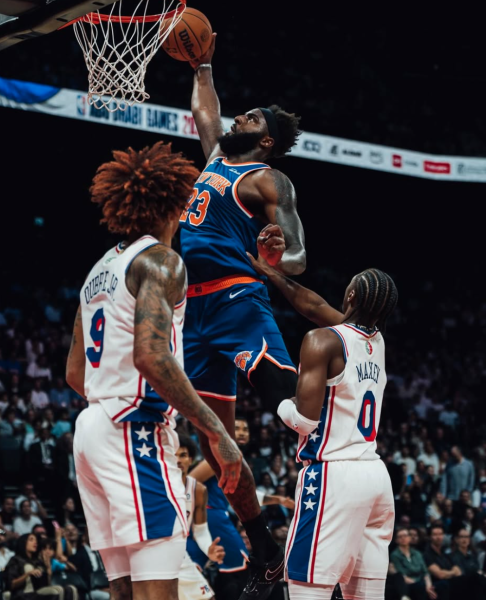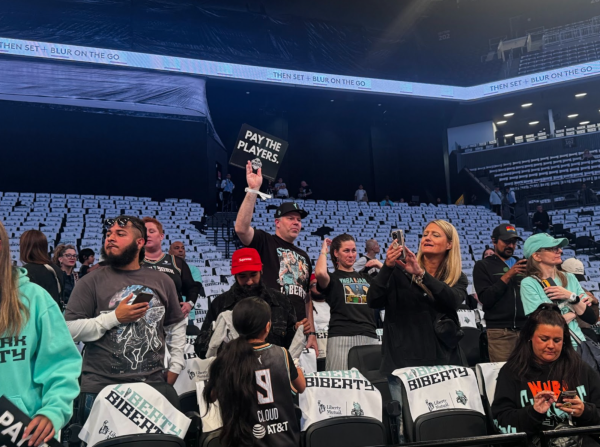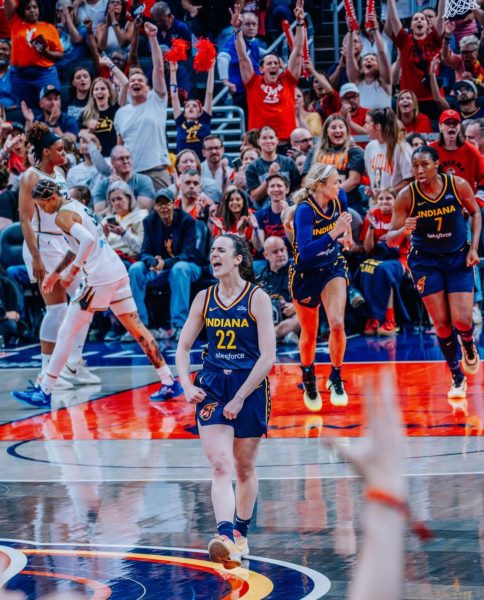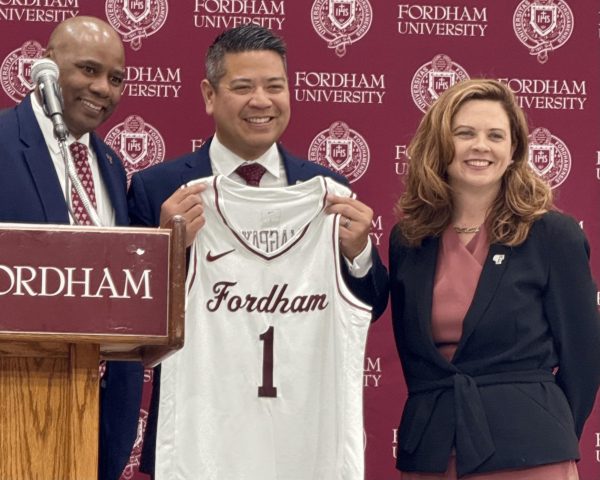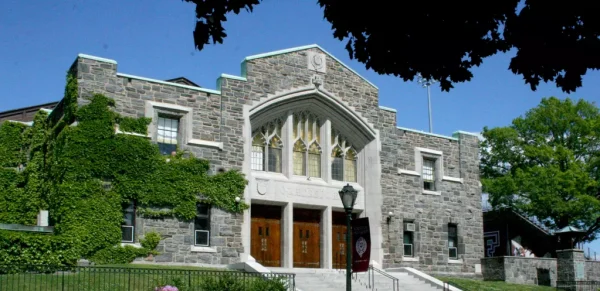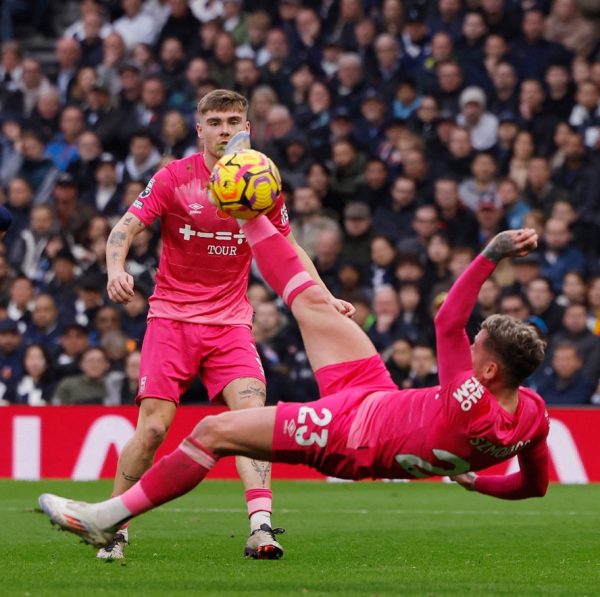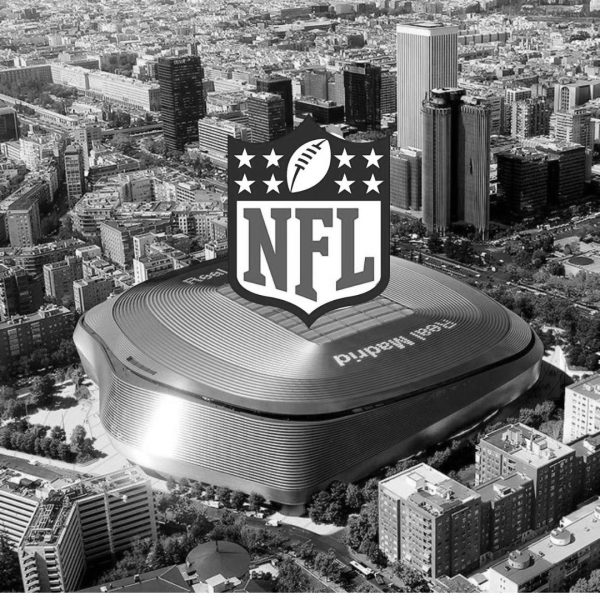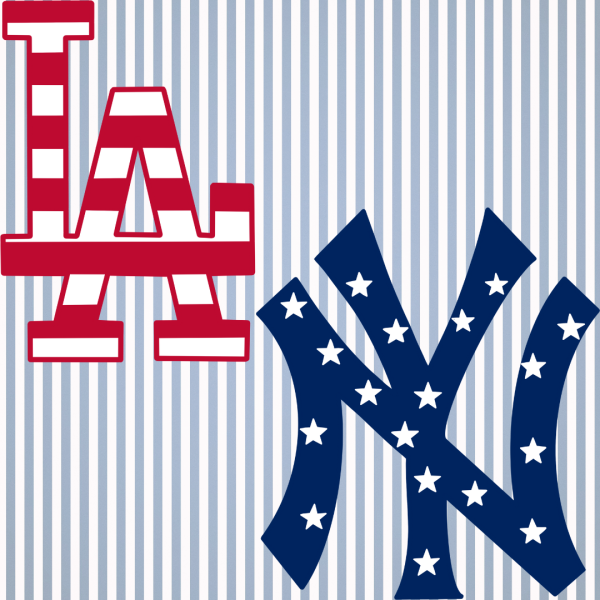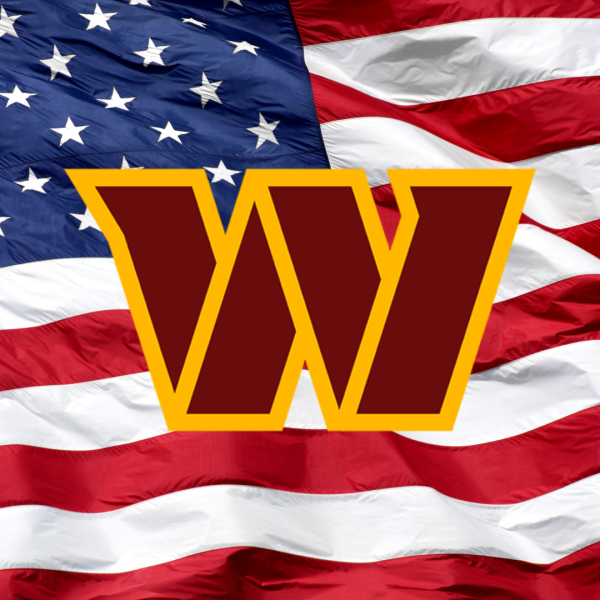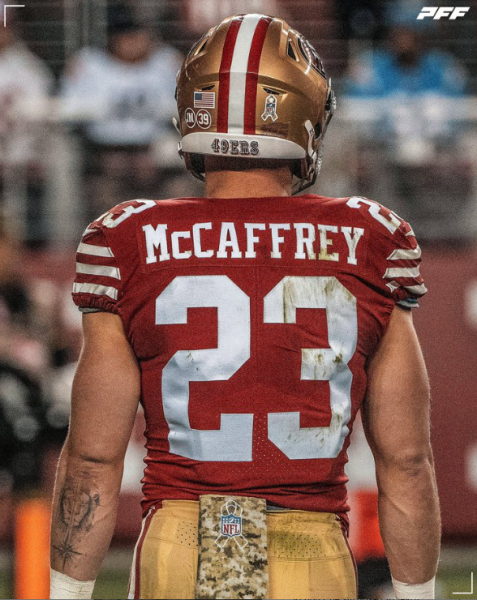NBA, NBPA Agreement on 2020-21 Season Makes Sense
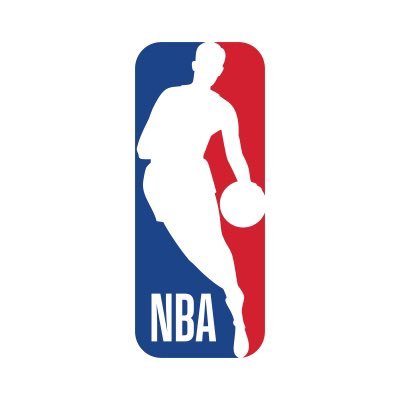
The NBA and its Players’ Association have agreed to start the 2020-21 season on Dec. 22. (Courtesy of Twitter)
When the confetti had finally settled from the successful conclusion of the NBA bubble in Orlando securing the latest championship for the LA Lakers, the next task facing NBA Commissioner Adam Silver and the league was figuring out how to return the basketball calendar as close to its pre-COVID-19 status as possible.
The damages from an unconventional second half of the season were very apparent, and permanently throwing off the traditional calendar moving forward could mean further decline for the international sports power. They needed to reach an agreement that would hit the reset button while also considering the physical recovery and preparation time necessary for the players to adjust.
The agreement was ultimately reached last week, with the National Basketball Players Association’s (NBPA) board of representatives signing off on the proposed mid-December regular season start. On Thursday, the NBPA voted to approve a plan for the Dec. 22 tipoff to the 2020-21 season, with details including a reduced 72-game schedule. According to the provisional calendar in the plan, the 72-game schedule will allow the league to conclude the season around July in time for the postponed Summer Olympics.
Among other parts of the deal between the league and union are details regarding the upcoming draft, commencement of free agency and the opening of training camps. The NBA Draft will be held on Nov.18.. The league wants to commence free agency as soon as possible following that event in order to have an appropriate window for players to move before training camps open on Dec. 1. The current collective bargaining agreement will remain in effect along with the financial structure of a 50/50 split of basketball-related income between the two sides.
However, there are still more details that need to be worked out before the league completely reopens for business. These details include additional financial terms in the collective bargaining agreement and restructured numbers for escrow withholdings on player salaries to account for losses procured from the coronavirus pandemic. In a statement, the NBPA said, “Additional details remain to be negotiated and the NBPA is confident that the parties will reach agreement on these remaining issues relevant to the upcoming season.”
Starting the 2020-21 NBA season around Christmas time — in order to reset the seasonal calendar — has been in discussion for some time, with some opposing it and arguing that the season is starting too soon given the October finish to the Orlando bubble. Opponents have suggested that the league should alter their calendar to account for the changes in the sports industry brought about by the coronavirus pandemic, but the extenuating circumstances of the latter half of this past season have shown that going that route isn’t the best choice for the NBA if it wants to recover from its losses.
The league-wide suspension in March, followed by the restricted resumption within the Orlando bubble, cost the NBA a ton of revenue both as a league and on a player level. Take away the fans in the arenas on a nightly basis, merchandise sales and concession purchases, and that’s a significant amount of money cut from the league’s bottom line and the player-revenue shares that they typically enjoy through the collective bargaining agreement. Sources close to the league told ESPN that the league’s revenue dropped 10% to roughly $8.3 billion, with a $1.5 billion decrease in basketball-related income.
While there is no guarantee about whether fans will be allowed back into NBA arenas, which is why the league predicts basketball-related income will be down 40% in the coming season, there is a belief that playing the 72-game season will help the league and the players recoup some of the losses they took in the 2019-20 season, particularly with TV deals and some online marketplace sales.
According to the league, the late December to early June season will bring in between $500 million and $1 billion in short- and long-term revenue for both the league and the players.
Another factor the NBA and Adam Silver had to account for in their decision to push for a regular season start in December was ratings and viewership. Through the entirety of the Orlando bubble, viewership was down tremendously, and that carried from the remainder of the regular season games through the entirety of the playoffs.
The NBA also had to compete for attention with both the start of the NFL season and the MLB playing its revised season. Not to mention the country was in the midst of an election cycle where many eyeballs were fixed to the presidential debates and other political events.
During the six games of the NBA Finals, the average viewership tallied in around 7.5 million viewers — a 51% decline from last year’s Finals, according to Nielsen data. One of those games had a total viewership of 4.5 million viewers, a record low for an NBA Finals game.
If the NBA wants a chance to recover some of the millions of viewers it lost from the coronavirus pandemic, political tensions and competing airtime with other sports, it would be prudent of them to not push back the opening day to the spring. At that time in the year, they’ll run into a similar fate with events like March Madness and the start of the MLB season underway, followed by the Summer Olympics set to begin in July.
Tipping things off on the week of Christmas offers a great opportunity for the NBA to garner attention early on since many people across the country will be tuned into their televisions with their families as part of holiday celebrations.
The NBA’s plan for reopening the league and kicking off the 2020-21 season is the smartest decision Adam Silver and the players’ union could make in order to bring back as much normalcy as possible. Overall preparation for the teams might be a little different, but the players will have to adjust like all the other sports leagues have done for their seasons. Maintaining the health of everyone in the league will certainly remain a top priority for Commissioner Silver, but this plan allows for meeting both the competitive and financial interests of both the league and its players.
Moving forward, as all 30 teams brace for their new campaign, we’ll see if it all pays off. It may seem like it just concluded, but NBA basketball will be back in a little over a month.





































































































































































































